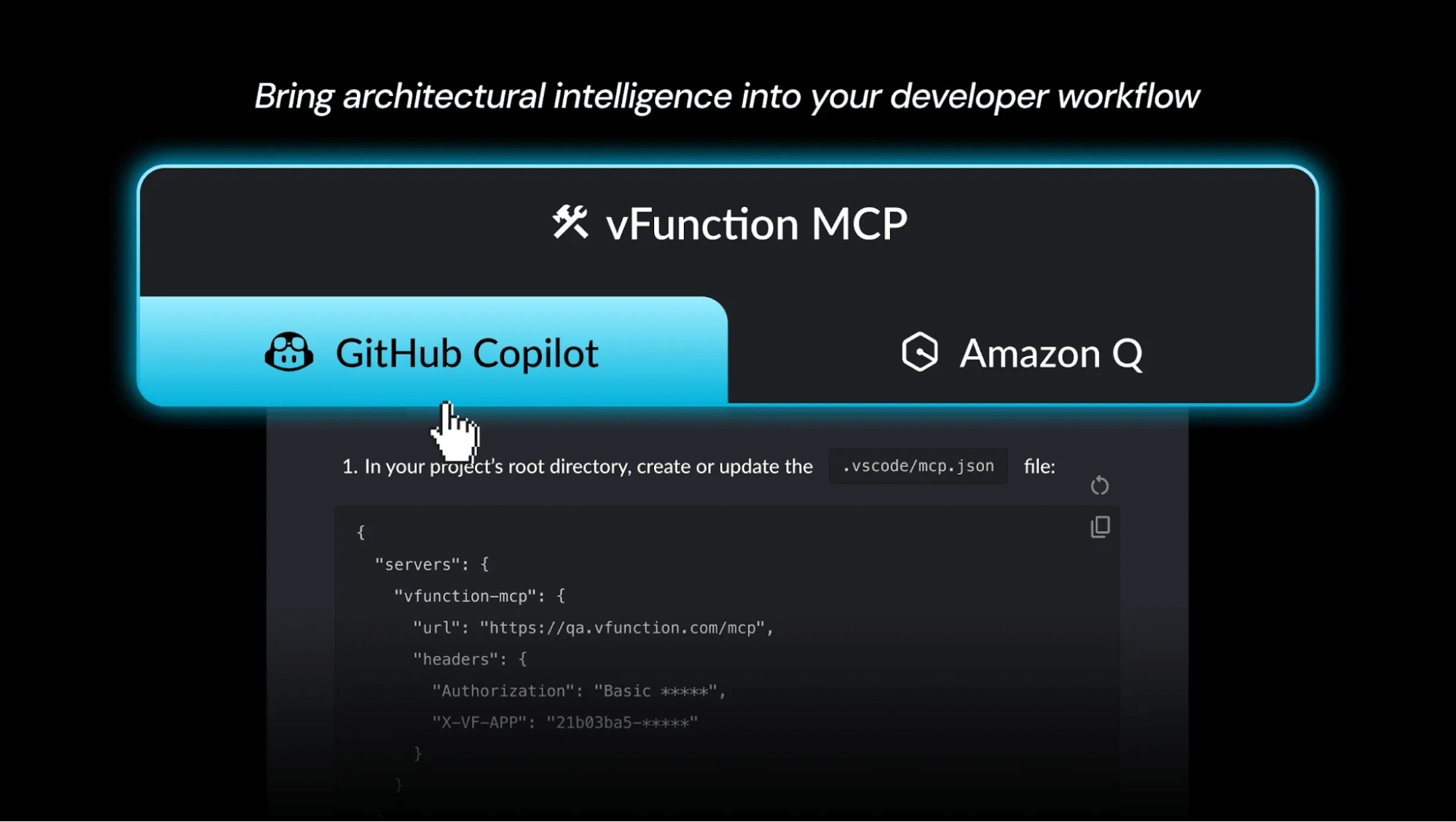As organizations scale to meet the growing tsunami of data and the sudden rise of unexpected business challenges, companies are struggling to manage and maintain the applications that run their business. When unprepared, exponential data growth can tax a company’s legacy monolith Java systems and their IT departments.
To solve that challenge, massive data-driven companies such as Amazon, Uber and Netflix have moved their data from a single unit monolith architecture to microservice cloud architecture. In this article, we will examine the Java migration tools needed to decouple bulky and unscalable monoliths.
What are Java migration tools?
Java migration tools help organizations upgrade from a monolithic to a microservices system. They assist in the re-architecture and migration of Java applications and the databases, files, operating systems, code, websites, networks, data centers and virtual servers that make up the application.
What is a monolithic architecture?
Monolithic architecture is a single-tiered software application that integrates several components into a single program and onto a single platform, using the same backend codebase.
In many cases, the monolithic structure is built on a Java Enterprise Edition (JEE) platform such as WebLogic, WebSphere, or JBoss or often a Spring Framework. Usually, a Java monolith application has a layered design. There are separate units for data access, application logic and the user interface.
A monolith architecture starts small but as the business and its data grows, it stops suiting the business’s needs.
● Because the applications are tightly coupled, the individual parts can’t be independently scaled
● The tight coupling and hidden dependencies make the code difficult to maintain
● Testing becomes complicated
In a recent survey in TechRepublic Premium, they asked 477 professionals about their plans to transform their monolith systems into more manageable microservice architectures. According to the study, the vast majority (96 percent) of respondents knew at least something about microservices. A still sizable majority (73 percent) have already started integrating microservices into their application development processes. Of those who hadn’t started, 63 percent are toying with the idea.
Further, respondents reported that the top benefits to cloud microservice architecture are:
● Faster deployment of services (69 percent of respondents)
● Flexibility to respond to changing conditions (61 percent of respondents)
● The ability to quickie scale up new features into large applications (56 percent of respondents)
● Increased standardization of services (42 percent of respondents)
● Reduced technical debt (33 percent of respondents)
Among those who had begun the transformation, the best-ranked application development tools were REST, Agile, Web APIs, DevOps, or a combination. Containers and cloud services were also popular among respondents. However, only 1 percent used COBRA.
Related: Migrating Monolithic Applications to Microservices Architecture
The advantages to monolithic architecture
Despite the fact that so many companies are moving away from monolithic architectures, there are advantages to a single application. It is easy to develop, easy to test and easy to deploy. In addition, horizontal scaling is relatively simple. Operators simply run multiple copies behind a load balancer.
The disadvantages of monolithic architecture
Monolith architecture presents a number of challenges, including difficulty in scaling, difficulty in maintaining, performance issues, lack of reliability, less reusability, cost, and unnecessary complexity. Since everything is in a single application, there is a tight coupling between components.
A large code base makes it difficult for developers and quality assurance teams to understand the code and business knowledge. It does not follow Single Responsibility Principle (SRP) and there are more restart and deployment times.
What are microservices?
Before you lift the hood of a car, you see a single unit. Underneath the hood of a car, however, is a complex set of parts that propels it forward or backward, stops it on command and monitors how each part of the car is functioning.
A microservices architecture is similar to a car in that while to front-end users, it may seem like a single unit, underneath the metaphorical hood is a suite of modular services. Each of them uses a simple to use and well-defined interface to support a single business goal while communicating with other services.
Each service in a microservice system has its own database that is best suited to its needs and ensures loose coupling. For example, an ecommerce microservice system might have separate databases for tracking online browsing, taking and processing orders, checking inventory, managing the user cart, authorizing payments and shipping.
The advantages of microservice architecture
Going back to the car analogy, imagine if, instead of separate parts, everything under the hood wasn’t just interconnected. Imagine that each part was permanently affixed to each adjacent part. In that scenario, if a single belt breaks a mechanic has to change out the engine, transmission and entire drive train.
While that analogy might be overly simplistic, it does illustrate some of the benefits of microservice architecture. As with a car, separate yet interconnected services gives organizations the flexibility to individually test, deploy, maintain and scale services without affecting the rest of the application or disrupting functionality as a whole.
Java migration tools offer a convenient pluggable architectural style for cost-effective and fast upgrades.
The disadvantages of microservice architecture
Microservice architectures contain several user interfaces, each potentially programmed with its own language and each with its own set of logs. As such, communication can be a challenge, as can finding the sources of bugs and coding errors.
Testing a single unit in a microservice system is much easier than testing a huge monolithic system, but integration testing is not. Each of the components of a microservice system is distributed, which means that developers can’t test their system from individual components.
Because an architecture contains multiple microservices, each with its own API, interface control becomes critical.
How to assess your current infrastructure for a microservices cloud migration
Before committing to migrating from a monolithic Java application to microservices cloud applications, it’s imperative that a company conducts a thorough assessment of their current situation, which includes:
● Determining future needs and goals
● Mapping transaction flow through the current infrastructure
● Assessing response time impact risks
● Assessing security and infrastructure requirements
● Evaluating current resources
● Classifying data
● Determining compliance and migration requirements
● Assessing operational readiness
● Determining timeline and budget
Related: How to Conduct an Application Assessment for Cloud Migration
Cloud migration challenges
According to a recent report, nearly two out of three companies say that they’re still managing security via manual processes despite the fact that about one in every three companies admit that most misconfigurations and errors were caused by humans.
Lack of automation isn’t just a security risk. Cloud transformations are resource-heavy. One of the reasons companies wish to migrate to the cloud is to free-up resources, so further charging in-house resources with conducting a cloud assessment and managing and enacting a cloud migration is not only counterintuitive, it’s costly and resource-prohibitive.
Single pane of glass platforms conduct assessments and manage and track the entire cloud migration across an enterprise estate as well as integrate information from numerous sources. The single pane of glass appears as a single display, such as a dashboard.
The Seven “R”s of cloud migration
In 2010, Gartner wrote about the five ways to migrate to the cloud. At the time, those included: rehost, refactor, revise, rebuild and retire. In the years since, most experts add replatform and rewrite to the list.
● Rehost (lift and shift) – Rehosting is fairly intuitive and relatively simple. During a migration, applications and servers are “lifted” from their current hosting environment and shifted to the cloud or rehosting infrastructure.
● Replatform – Replatforming is a modified lift and shift. During a replatform, some modifications are made to the application during the migration. Replatforming does require some programming.
● Repurchase – Repurchasing, or “drop and shop” means to drop all or part of the existing architecture and moving to new systems altogether.
● Refactor – Manual refactoring is resource intensive in that it requires re-architecting one or more services or applications by hand, unless more modern automated refactoring tools are used.
● Retain – If a company chooses to implement a hybrid approach to cloud migration, they may retain the parts of their current architecture that works for them.
● Rewrite – Some companies rewrite, rebuild or re-architect a monolithic application or system to be cloud-ready. Rewriting takes a considerable programming team.
● Retire – Some companies choose a retire strategy, which means identifying the services and assets that no longer benefit the organization. Retiring can be complicated and labor-intensive since teams will need to supervise to ensure nothing goes wrong before shutting those applications down.
Java migration tools
AWS Migration Services
For companies that find investing in entire new hardware and software infrastructure cost-prohibitive, AWS (Amazon Web Services) offers a cloud computing platform that mixes infrastructure as a service (IaaS), software as a service (SaaS) and platform as a service (PaaS),
Azure Migration Tools
Azure Migration Tools, a Microsoft product, offers a centralized hub where companies can track and execute a cloud migration to ensure that the migration is as seamless as possible and that there are no interruptions. One downside is that the hub is only available to companies that choose on-premises migrations.
Carbonite Migrate
Carbonite Migrate has a repeatable and structured process that lets users innovate. The tool reduces downtime and prevents data loss. Users have remote access and can migrate across environments, between physical, virtual and cloud-based applications.
Corent SurPaas
Corent SurPass promises to balance workloads by optimizing the migration process. It allows for quick transformation into SaaS applications.
Google Migration Services
Google Migration Services promises to eliminate data loss and improve agility during the migration. Its features include built-in validation testing, rollbacks to secure the data and live streaming during the migration and while running workloads.
Micro Focus PlateSpin Migration Factory
Micro Focus PlateSpin Migration Factory performs fast server migrations as it reduces data loss and errors. There is a built-in testing tool for each migration cycle. It is an excellent all-around tool in that it includes automated testing, executing, planning and assessment.
Turbonomic
Using artificial intelligence, Turbonomic optimizes and monitors workloads. Because it uses AI, it excels at complex hybrid cloud migrations. In addition, there are visual components that enable users to see what’s happening with their data.
CloudHealth Technologies
CloudHealth Technologies aligns business operations with infrastructure by using specialized reporting and analysis tools. Migration teams can set new policies for proper configuration.
vFunction
vFunction accelerates Java migration projects by automating the refactoring of the Java monolith into microservices, saving years of rewriting and manual re-architecting time and money.
Cloudscape
Cloudscape uses infrastructure lifecycle reporting to simplify manual modeling. The tools demonstrate how data is scattered throughout the company architecture so migration teams can choose the best application and strategy,
ScienceLogic
Science Logic allows remote access where they can manage every aspect of the database migration. It lets users analyze even large databases.
Oracle Cloud
Oracle Cloud delivers IaaS, PaaS and SaaS services. It leverages built-in security and improved automation to mitigate threats.
Red Hat Openshift
Red Hat Openshift is a cloud-based PaaP that allows teams to build, test, deploy and run their own applications. Users can customize the functionality with any language and they can choose whether to manually scale or allow the system to autoscale.
Kubernetes
Kubernetes is an Open Source platform that, used on a cloud-based server, offers speed, simplicity and portability. It lets users deploy, scale and manage containerized applications. It’s also the fastest-growing project in the history of Open Source software.
Transformations Can Be Easier
vFunction is the first and only platform for developers and architects that intelligently and automatically transforms complex monolithic Java applications into microservices. Designed to eliminate the time, risk, and cost constraints of manually modernizing business applications, vFunction delivers a scalable, repeatable factory model purpose-built for cloud-native modernization.
vFunction can help speed up software companies in their journey to become faster, more productive, and truly digitally transformed. If you want to see exactly how vFunction can speed up your application’s journey to being a modern, high-performant, scalable, true cloud-native, request a demo.
vFunction is headquartered in Palo Alto, CA. Leading companies around the world are using vFunction to accelerate the journey to cloud-native architecture thereby gaining a competitive edge.






